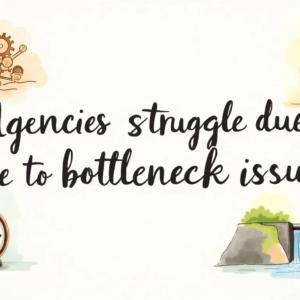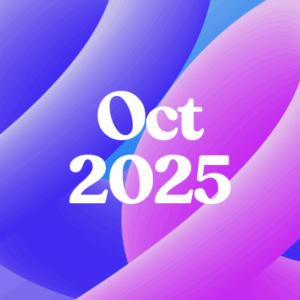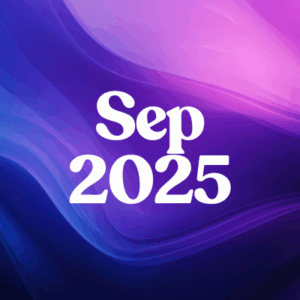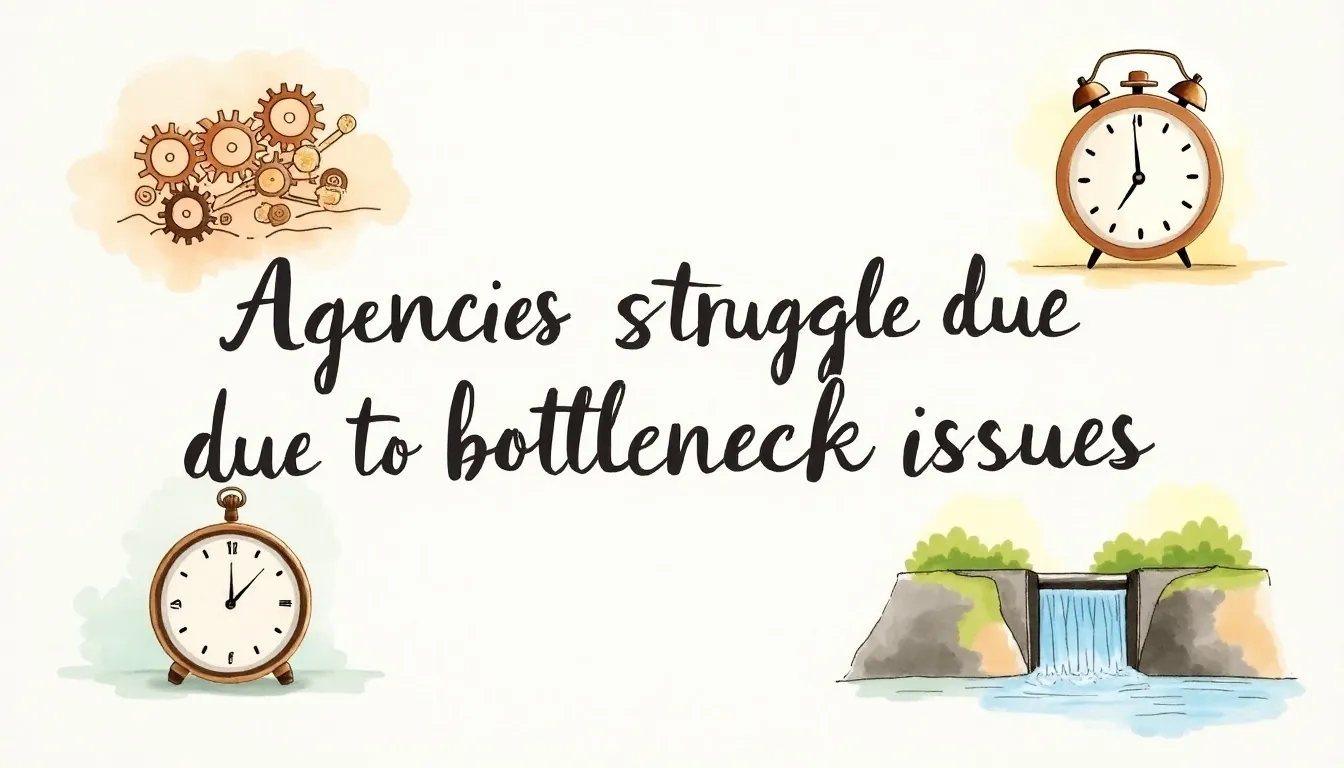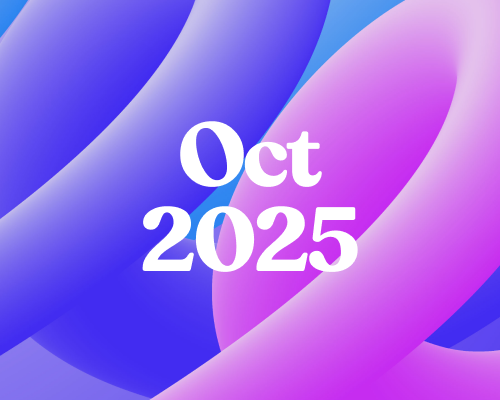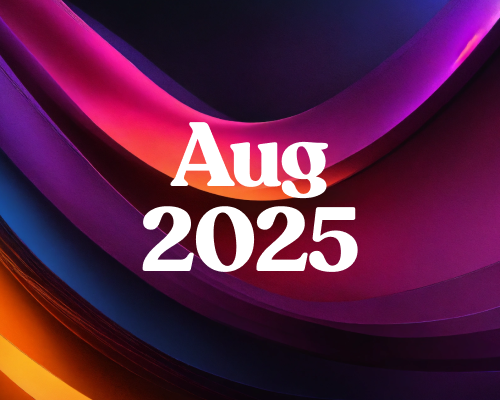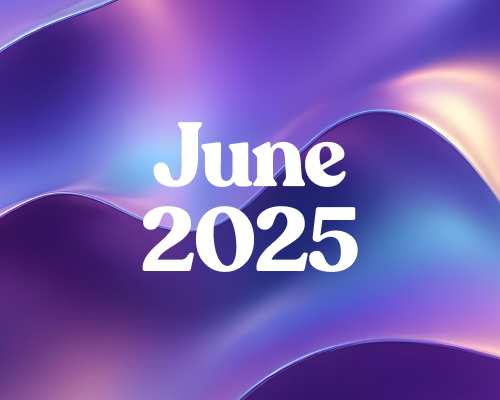Logos are supposed to be fun, eye-catching & memorable. So, naturally, logo animations are a perfect fit! While traditionally logos have been unmoving for over a hundred years, now with animations so accessible in digital design & the internet providing an ideal medium for moving images, it’s no surprise that animated logos are taking off.
The question is, how to use them? There are a few different styles to choose from, such as animated loops or animations that spell out the brand name, as you can see by our animated logos examples below. So in this guide, we present 30 of the best-animated logos for inspiration, divided into five categories, and then we explain how you can get one yourself.
1. Looping Logo Animation
Animated logo loops are when the animation repeats in a way that makes it look continuous. While this style isn’t necessary for situations when the logo only appears once, it’s perfect for when the logo is continuously displayed, such as on websites or digital ads.
The most important aspect when designing an animated loop is that the ending and beginning are the same so that it transitions seamlessly, but as these animated logos examples show, there are a few different ways to achieve this.
2. Changing Logo Animation
Changing animated logos don’t stay the same for long. The logo transforms from one image to another, such as an alternate version of the logo, or an amusing play on the original.
A common use of this style is the logo that changes from a pictorial logo to a wordmark logo or to switch between two different pictorial logos. Consider how you can best communicate your brand values to audiences through static images, text, or animation.
Another use of changing logos is to instill a little delight or amusement, using animation to light up your character’s or mascot’s mood. In adding a humanistic personality to a logo, and using motion to enhance it, designers encourage audiences to connect this personality to the brand.
This technique is a safe bet if you’re new to animated logos because you can simply add an action to a preexisting logo to create a deeper emotional connection with your audience and therefore make it more memorable for them. It can be something as simple as changing the colors of the static logo design and adding some effects.
Other changing logos do more than entertain and connect with audiences, they give extra information about the brand and its services or products. Take the example pictured above. People who see this logo immediately understand that the brand GoPowerSports deals with recreational vehicles, like go-karts and minibikes, which is not self-evident by the name alone.
Bear in mind, that you’d essentially need to design more than one logo to create this changing look, but the extra effort pays off with a more dynamic and visually stimulating logo than outperforms solitary images.
3. Partially Animated Logo
Our next category of animated logos examples involves the least investment. They’re still mostly traditionally logos, but with only individual parts animated or subtle overall animation. These are the least difficult to design because you’re essentially creating a static logo, but adding slight animations to certain parts.
Typically, partial animation works best in the background. It adds a certain atmosphere and urgency that brings the logo in the foreground to life—important for memorability and getting new people to notice you.
Often, the central focus of the logo is static while only the background elements are in motion. This makes the center focus seem stronger and more potent, whether a sword, banner, or weary traveler.
In this sense, partially animated backgrounds work in improving the static elements, while the animations themselves play more of a supportive role. So, it works well with brands who already have established logos, and want to make them pop more without changing the look.
This style makes mostly still images more noticeable and interesting, also recommended for brands who want to enhance their existing logos without changing much. Moreover, subtle animations can be added to virtually any static logo, so this style is appropriate for most brands.
4. Animated Introductions for Logo
By far, the most common type of animated logo is those with animated “introductions.” The main logo image is still static, but in certain situations—like when used online—there’s a quick animated introduction where the logo elements come together.
animated logo with a man meditating in nature
This is the style commonly used by film production companies at the beginning of movies or the end of TV episodes, but with the modern capabilities of digital design, the style is now usable by any industry. The appeal is that you get the best of both worlds: a prominent display of a static logo that’s good for recognition later, but with a little extra flair at the beginning to improve memorability and amuse the viewer a little bit.
The key technique with this style is to focus on the end goal, the static logo front & center. From there, you simply add animations to get elements of the logo in place.
This style has a lot of room for creativity and experimentation. You’re not giving extra explicit information about your brand’s products or services, but you are adding depth to your logo design. It shows audiences that your brand is creative, innovative & thorough with all that you do just be sure to find the right visuals to match your brand identity and visuals.
One option is to slowly build up the logo through motion, adding to the one design and taking your audience with you through the journey. This is a useful method if you’re logo is simple or you don’t want to add any elements to your logo.
Or, perhaps, you want to highlight the reason behind your design choices to your audience. The above example by Maryia Dziadziulia animates the “outer” and “inner” circles in her design, before placing the latter as part of the O in the brand name, which really reinforces the connection between the logo and the company name.
5. Logo Animation for spelling out wordmark
Lastly, we have an offshoot of the previous category. This final group still uses animated introductions before a static logo, but all of them use the same style of spelling out the brand name. In other words, each letter of the name is animated when it first appears. The appeal is the same as other animated introductions—the best of both worlds—but with wordmark logos, it seems the logical approach to have each letter come to life individually.
It feels logical to use the style of your chosen font family as a guide to how you’ll animate your brand’s wordmark logo. If you’re using script text, why not add motion to the design as if the letters are being written out in cursive handwriting? If you’ve chosen a sans-serif font, it might make sense for your brand to lean into a tech aesthetic, creating the effect of each letter being typed out on a keyboard.
To spell out a wordmark logo with animation, the brand requires either a letter mark or a wordmark logo otherwise, you don’t have any letters. Add a sequence to your animation by splitting the logo into sections and then revealing each bit one at a time—this could be letter by letter or word by word. Play around with order and effects to get the best aesthetic for your brand.


